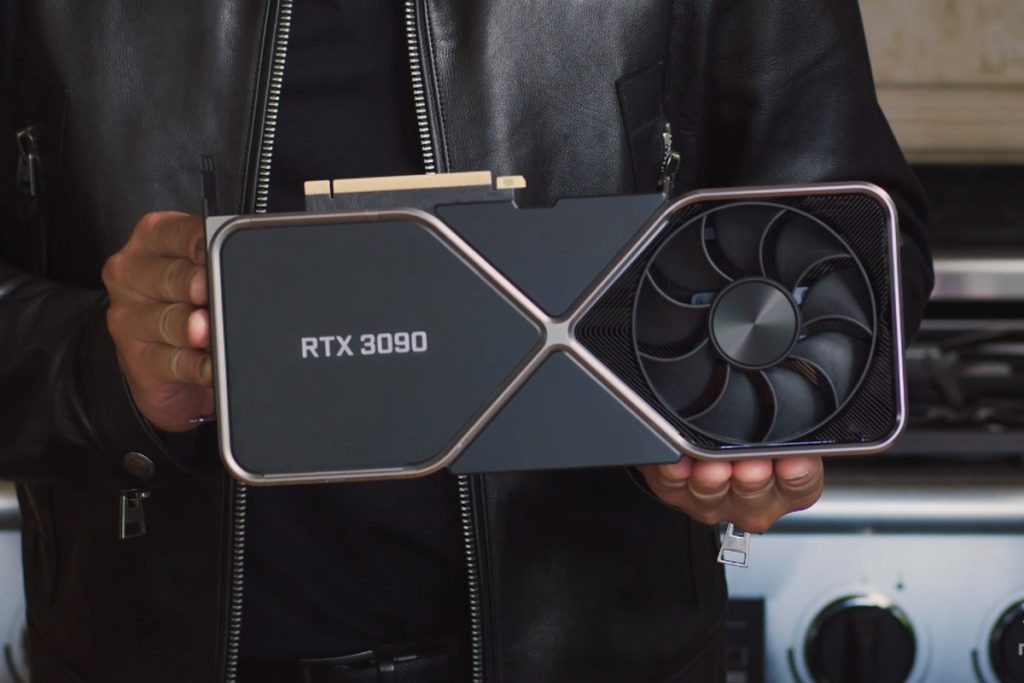We’re reaching a point where the laws of physics are limiting the size of how small we can go. In 2002, I helped build what was at the time the 3rd fastest supercomputer in the world – it had a whole 2,200 cores on 2,200 chips. And sure, these days a decent graphics card can go as fast. But there you’re looking at a further size reduction of only 2,000 or so to get it down to a graphics card size. Now take a break, and look at recent graphics cards – they *already* have huge fans on them because they have trouble getting the heat out otherwise.
The June 2020 top system? Fugaku, with 7,299,072 cores. And it’s already using 48-core chips. That’s 152,064 chips. And every single cabinet in this picture is *already* pushing the edge of cooling technology. There’s 28.3MW being sucked down by this beast.

Going to need a lot more than an additional factor of 2,000 to get it down to a graphics card size…
And here’s where the physics comes in…
The first problem is clock speed. If you notice, Intel and AMD can’t produce a chipset that runs much over 5GHz without a *huge* heat sink. That’s because to get faster clocks, you need to change from a high to low voltage or vice versa faster. And this hits a problem called capacitance. You want to go faster, you need to either have less capacitance or use more energy to force a faster transition. And if you use more energy, that ends up as more heat you now need to get out of the CPU. The further you go, the harder it becomes to build a chip that doesn’t literally set itself on fire.
The other problem you hit is that as you get smaller you get less capacitance, but you also have something called leakage current. And that *also* ends up meaning “more heat you need to get rid of”.
That’s going to be a problem. You can’t get much faster, and you can’t get get much smaller.
So barring some *major* technological breakthroughs in both electronics fabrication and cooling technology, there’s going to be a *really* hard time getting Fugaku performance down to the size of a single Threadripper or NVidia chipset
.
We are confident that in the future, you or your children (depending on the funding of life extension technology this century) will carry the power of a modern-day supercomputer around your wrist and access that absurd computational power just as easily as you access your phone today. Because while you can’t shrink the computation, you can definitely shrink the input and output devices.
In the future, the output device will likely be an augmented reality contact lens that uses microscopic cameras placed around your body to render images in the contact that are nearly indistinguishable from reality. You will not even notice it. But the precision of the images it generates will require the computational power of a supercomputer. The input devices will simply be your hands. Your body. Your thoughts.
The real supercomputer is actually buried miles beneath you, spread through the city you’re walking in, constantly transmitting information wirelessly to your contact and constantly receiving information from the sensors spread throughout your body.
So even though that submerged supercomputer spans a full ten square miles of space, you’ll never notice. For all intents and purposes, it will fit in your pocket, invisible and unnoticed.
The supercomputers of the future won’t just be miniaturized. They’ll be so small to you that you forget they exist.
Info from :
Valdis Klētnieks : Former Computer System Senior Engineer, BS in Mathematics & Physics, Clarkson University
Michael Soareverix : VR Developer at Grinnell College Immersive Experiences Lab
more :




